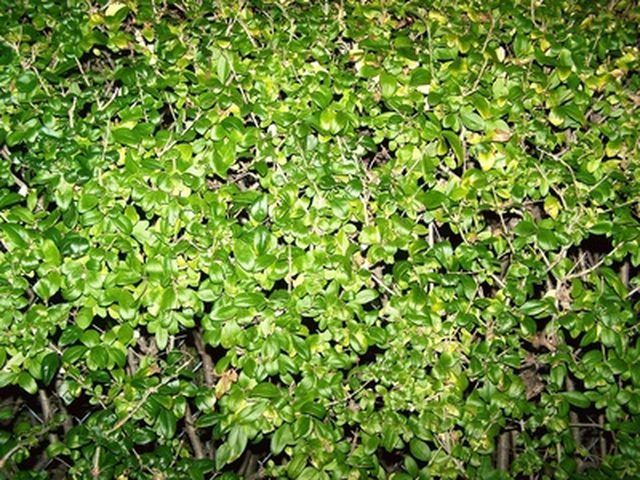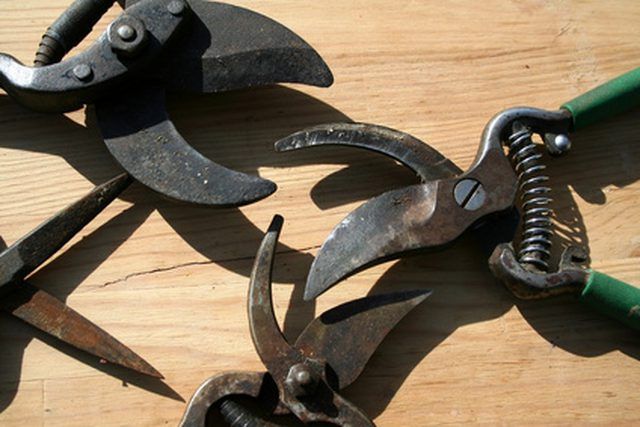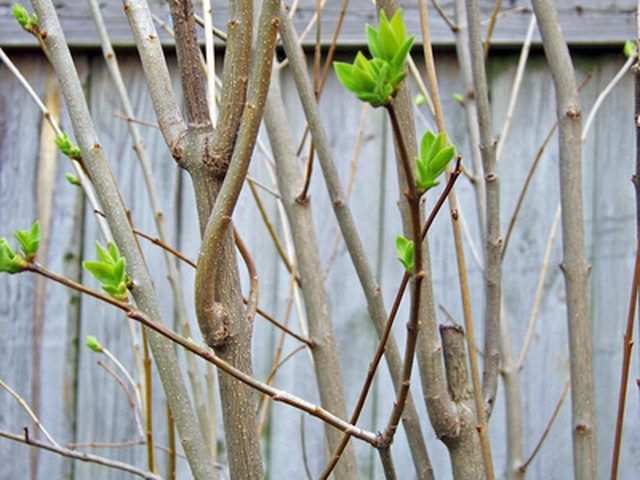Bulbs
Flower Basics
Flower Beds & Specialty Gardens
Flower Garden
Garden Furniture
Garden Gnomes
Garden Seeds
Garden Sheds
Garden Statues
Garden Tools & Supplies
Gardening Basics
Green & Organic
Groundcovers & Vines
Growing Annuals
Growing Basil
Growing Beans
Growing Berries
Growing Blueberries
Growing Cactus
Growing Corn
Growing Cotton
Growing Edibles
Growing Flowers
Growing Garlic
Growing Grapes
Growing Grass
Growing Herbs
Growing Jasmine
Growing Mint
Growing Mushrooms
Orchids
Growing Peanuts
Growing Perennials
Growing Plants
Growing Rosemary
Growing Roses
Growing Strawberries
Growing Sunflowers
Growing Thyme
Growing Tomatoes
Growing Tulips
Growing Vegetables
Herb Basics
Herb Garden
Indoor Growing
Landscaping Basics
Landscaping Patios
Landscaping Plants
Landscaping Shrubs
Landscaping Trees
Landscaping Walks & Pathways
Lawn Basics
Lawn Maintenance
Lawn Mowers
Lawn Ornaments
Lawn Planting
Lawn Tools
Outdoor Growing
Overall Landscape Planning
Pests, Weeds & Problems
Plant Basics
Rock Garden
Rose Garden
Shrubs
Soil
Specialty Gardens
Trees
Vegetable Garden
Yard Maintenance
How to Cut a Privet Hedge
How to Cut a Privet Hedge. Privet (Ligustrum), comes in many varieties: Japanese, Chinese, common, California Privet (Ligutrum vulgare) or Golden (Ligustrum ovafolium "Aureum") are the most common. All are deciduous shrubs, losing their leaves in winter. Privet grows 4 to 15 feet tall with a spread of 4 to 8 feet if left uncut, or it can be shaped...

Privet (Ligustrum), comes in many varieties: Japanese, Chinese, common, California Privet (Ligutrum vulgare) or Golden (Ligustrum ovafolium "Aureum") are the most common. All are deciduous shrubs, losing their leaves in winter. Privet grows 4 to 15 feet tall with a spread of 4 to 8 feet if left uncut, or it can be shaped into a formal hedge of whatever size you desire. It's a versatile, fast-growing shrub that will produce small white flowers in late spring, when planted in full sun or partial shade.
Things You'll Need
Loppers
Pruning shears or
Electric hedge trimmer
2 wooden stakes
String
Determine your style. Your privet can be grown informally as a single specimen or in the back of a border, which won't require much pruning. If you have several planted close together for a more formal privacy hedge, you will want to prune it back at least two or three times a year to keep it shaped and neat.

Choose your tool. You will need loppers for the thicker branches and small pruning shears for the smaller branches. If you are trimming a formal hedge, choose the electric trimmer. Buy good quality tools and keep them sharpened for the best pruning results.

Cut back in early spring when there are buds forming on the branches. This will make it easier to identify dead branches. For an informal look, or to revive and older, overgrown shrub, cut away any dead branches that are showing no signs of budding out. Starting at the bottom with your loppers, cut as close to the main stem as possible. Work your way up, careful not to trim away branches with buds. With the smaller pruners, cut back the smaller branches to where buds start to appear, or further back if you want to keep the shrub small. You can cut a privet to any size you desire, so have no fear.

Use the electric hedge trimmers to shear the sides and tops of the hedge for a more formal look. It is important to shape a privet hedge so that the top is narrower than the bottom. This allows sunlight to reach the lower part of the hedge. Shear the sides first. If the hedge is overgrown, uneven or hasn't yet been trimmed to a formal shape, you can run a string between two stakes to mark the desired height of the hedge before shearing the top. This will help keep it even. Shear along the top at the height of the string.
Tips & Warnings
Formal hedges require more upkeep to stay neat looking. You may have to cut it three times or more in a season to keep it neat.
Informal hedges are low maintenance. You only have to maintain by cutting out dead branches in late spring.
Keep loppers and shears sharp and oiled.
Use caution when operating electric trimmers. It is easy to accidentally cut through the electric cord when trimming.